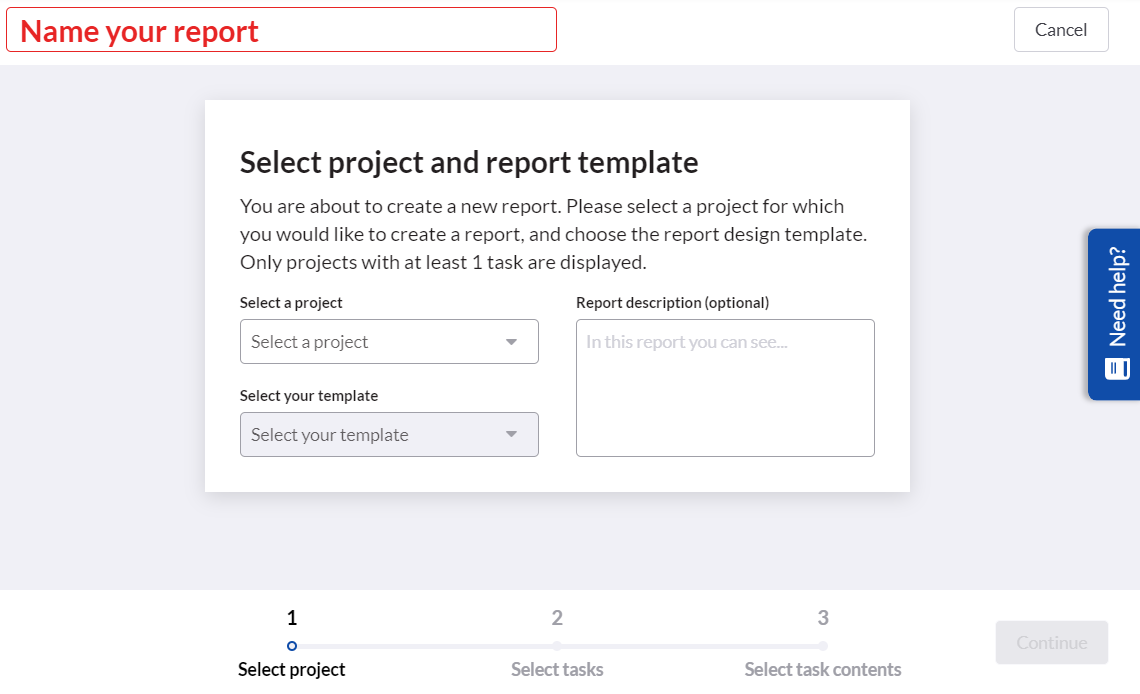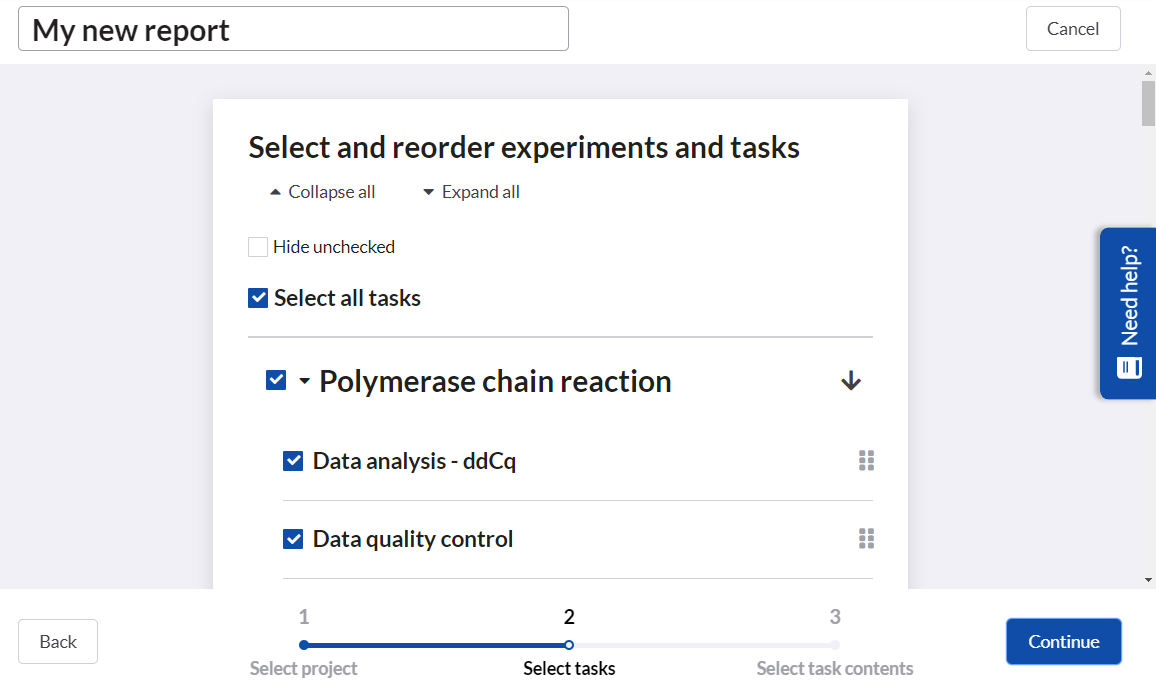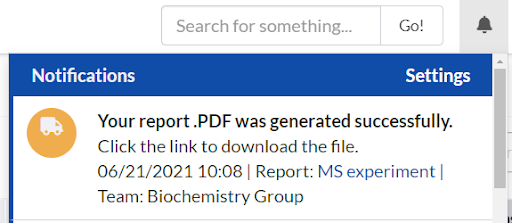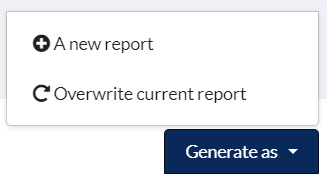Upgraded SciNote Reports
![]() 3 min read
3 min read
SciNote Reports gained several improvements to make reporting even easier and enjoyable! Here are some highlights:
- you can now include all Microsoft Office and PDF attachments on Task Results as full-page attachments in your report,
- you can reorder your Experiments, Tasks and Results,
- PDF and DOCX report files can be saved directly in the Reports table.
Upgraded Reports page
We updated the Reports page: all generated reports are automatically saved and listed in the Reports table. The table now also includes automatically generated PDF reports and on-demand generated DOCX reports, which you can preview in SciNote, or download.

Do not worry, you can find all your existing reports in this table from now on as well, and the PDF or DOCX formats can be generated on demand.
Each report can be edited, deleted and have a PDF/DOCX report file generated or updated.

New report generation flow
To generate a new report, simply click the “+ New report” button and start creating your report in 3 simple steps:
1st step: SELECT PROJECT
- Name your report.
- Select a Project for which you want to create a report.
- Select the default SciNote template.
- Add a report description (optional).

When you’re done, click the “Continue” button.
2nd step: SELECT TASKS
- Select Experiments and Tasks.
- You can reorder Experiments using the up/down arrows and change the order of Tasks using a drag & drop element (on the right side).

When you’re done, click the “Continue” button. You can also move “Back” to the previous step if needed.
3rd step: SELECT TASK CONTENTS
- You can generally select the elements of the Task Protocol that you want to include in your report (un/completed Steps, files, tables, comments, etc.)
- Select the inventories displaying only the items that were assigned on Tasks within that Project.
- Order your results in the report either alphabetically (A to Z or Z to A) or chronologically (newest first or oldest first).
- You can include all Microsoft Office and PDF attachments on Task Results as full-page attachments in a report.
- Add additional content: task activities and electronic signatures.

When you’re done, click the “Start generating” button and SciNote will start generating a PDF report for you. You will immediately see this report added to the Reports table with the status “Generating” in the PDF column while the PDF is being created for you in the background. Once it’s done, you’ll receive the SciNote notification and email with a direct link to the preview of your generated PDF Report.

Additionally, you can also create a DOCX file of the same report by either clicking the “Generate” button directly in the DOCX column of this report, or selecting the report with the checkmark and clicking the “Generate DOCX” from the Report dropdown opti

Updating of report
What happens if you update the content of your Projects, Experiments and Tasks after you created your report?
If you update the content of your Projects, Experiments and Tasks after you created your report, note that SciNote will not automatically update your existing PDF or DOCX reports. You can always update your report by simply selecting it and clicking the “Update PDF” or “Update DOCX” from the “Reports” dropdown options. Or alternatively, if you want to make some additional changes in the report content selection, select a report, click the “Edit” button, which opens the report generation flow, and in the last step choose to either create a new report or overwrite the existing one.

Usually, if things change on your Project, it is a good idea to simply create a brand new report, to make sure all the new data is added, all the data is correct, and the possibility for errors is minimized.


